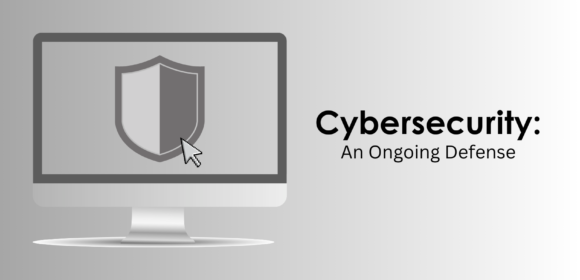In 1982, Time Magazine named the “Personal Computer” as their titular Person of the Year (or rather, their Machine of the Year) to herald the dawn of the Digital Revolution. At the time, the demand of computers for commercial use was still only in its genesis years: in 1980, a mere 724,000 devices populated homes in the United States, but by 1982, almost 3 million devices found themselves in living rooms across America. To put it simply: market for the personal computer skyrocketed during the early 1980s.
To meet the growing demand and to contend with other suppliers in a competitive market, many technology companies worked swiftly to develop state-of-the-art products. This is where we see the exponential development of technological advancement known as Moore’s Law begin, an exponential rate that still holds true today in 2024.
With our computers so advanced today, many users find a sense of comfort in the security of their devices. And why not? Developers promise the latest and most fashionable preventative software and other implementations that ensures sensitive information remains secure; no doubt users might relax their mind knowing that such protection is set in place for them.
However, it is important for any and every user to understand that as technology advances at an exponential rate, so does the threat against one’s cyber security. Cybercriminals, hackers, etc. continuously find new ways to infiltrate a user’s device in order to circumvent the inherent software or hardware set in place by developers. Though the developers’ walls are notably sturdy, they are not impermeable, which is why it is imperative that users never let up on their own cybersecurity.
Cybersecurity is a partnership: computer businesses equip their products with state-of-the-art technology against cybersecurity, but users, too, must make sure they always equip themselves with the best practices to establish their privacy and safety.
There are many ways a user can do this: routinely changing passwords every 60-90 days, regularly updating software, implementing multi-factor authentication, and consistently avoiding suspicious emails, amongst others!
Practicing these strategies, both in your personal life and workplace, at all times ensures that you are doing your part to guarantee your information stays yours.





